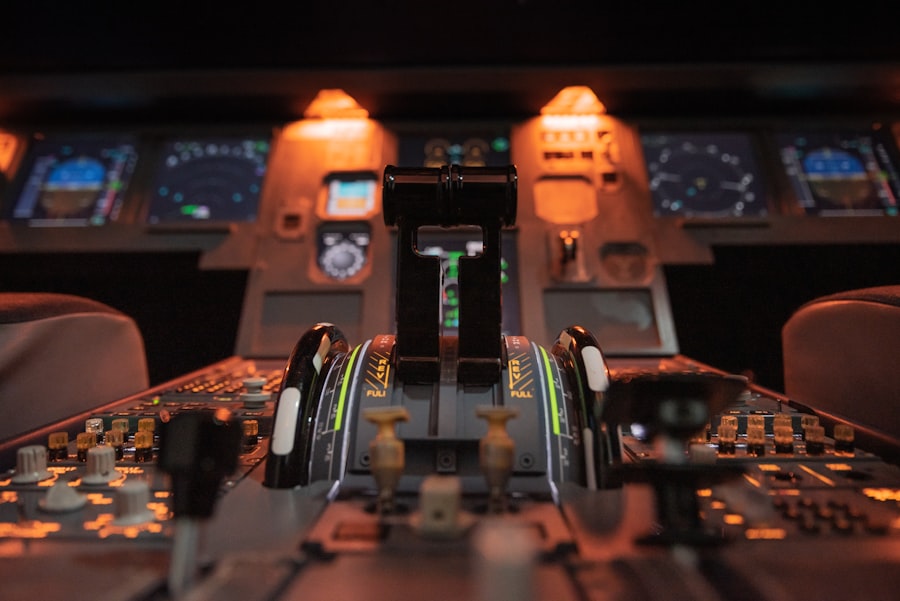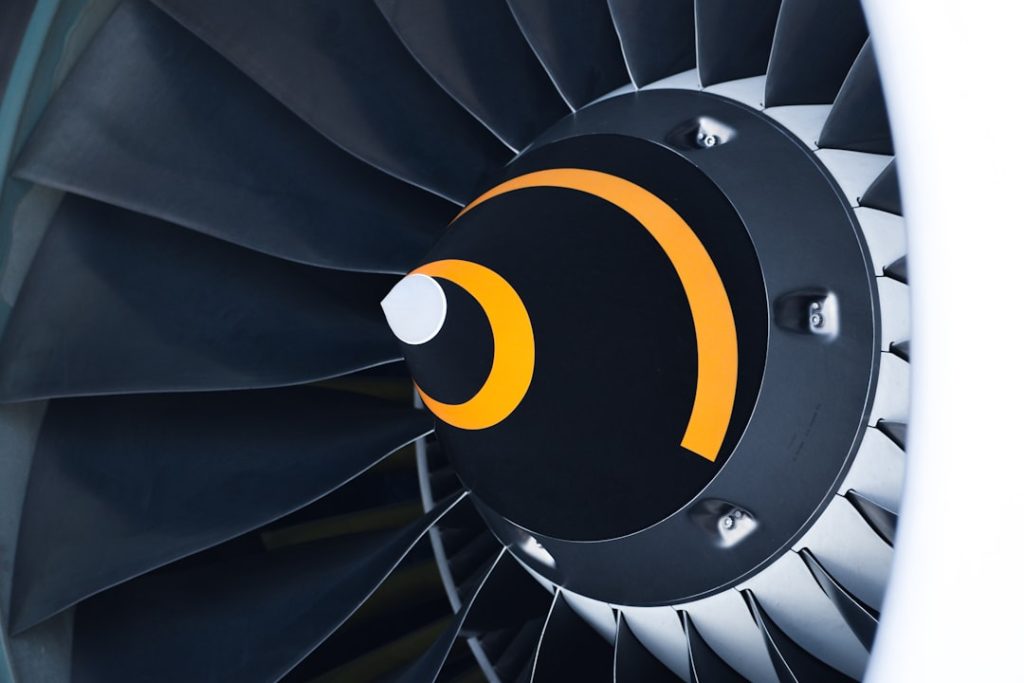Oman’s aviation history is a fascinating narrative that reflects the country’s broader socio-economic evolution. The journey began in the early 20th century when the Sultanate was largely isolated from the rest of the world, with limited infrastructure and a focus on traditional trade routes. The first recorded flight in Oman took place in 1932 when a British aircraft made a brief stop in Muscat.
This event marked the beginning of a new era, as it introduced the concept of air travel to the region. However, it wasn’t until the 1970s, under Sultan Qaboos bin Said, that significant investments were made to modernize the country’s aviation sector. The establishment of Oman Air in 1993 was a pivotal moment in Oman’s aviation history.
This national carrier was created to enhance connectivity and promote tourism, trade, and investment. The airline’s inception coincided with a period of rapid development in Oman, as the government sought to diversify its economy away from oil dependency. The growth of Oman Air not only facilitated international travel but also played a crucial role in positioning Oman as a regional hub for air transport.
Over the years, the aviation sector has evolved significantly, with increased passenger traffic and the introduction of modern aircraft, reflecting the country’s commitment to enhancing its global connectivity.
Key Takeaways
- Oman’s aviation history dates back to the 1920s when it was used for military and commercial purposes.
- Major airports in Oman include Muscat International Airport, Salalah Airport, and Sohar Airport, among others.
- Oman Air is the national airline of Oman and operates domestic and international flights.
- The growth and development of Oman’s aviation industry has been fueled by government investments and strategic partnerships.
- Oman has formed international partnerships and alliances with airlines such as Emirates, Qatar Airways, and Turkish Airlines to expand its global reach.
Major Airports in Oman
Oman is home to several key airports that serve as vital gateways for both domestic and international travel. Muscat International Airport, the largest and busiest airport in the country, is located just outside the capital city. This airport has undergone extensive renovations and expansions over the years, transforming it into a modern facility capable of handling millions of passengers annually.
With state-of-the-art amenities and services, Muscat International Airport serves as a hub for Oman Air and connects travelers to various destinations across the globe. In addition to Muscat International Airport, Salalah Airport is another significant facility that caters to both domestic and international flights. Located in the southern region of Oman, Salalah Airport plays a crucial role in facilitating travel to one of the country’s most popular tourist destinations, particularly during the Khareef season when visitors flock to experience the lush greenery and cooler temperatures.
The airport has also seen substantial upgrades, including a new terminal that enhances passenger experience and operational efficiency. Other airports, such as Duqm Airport and Sohar Airport, are also emerging as important players in Oman’s aviation landscape, supporting regional development and economic diversification.
Oman’s National Airline

Oman Air stands as a testament to Oman’s aspirations in the global aviation arena. Since its establishment in 1993, the airline has grown from a modest regional carrier into an internationally recognized airline with a reputation for quality service and reliability. Oman Air’s fleet comprises modern aircraft equipped with advanced technology, ensuring passenger comfort and safety.
The airline operates flights to numerous destinations across Europe, Asia, and Africa, making it an essential player in connecting Oman to the world. The airline’s commitment to excellence is reflected in its service offerings, which include premium cabin classes, in-flight entertainment systems, and gourmet dining options that showcase Omani cuisine. Oman Air has also received numerous awards for its service quality, further solidifying its position as a leading airline in the Middle East.
The airline’s strategic partnerships with other carriers have expanded its reach and provided passengers with seamless travel experiences through code-sharing agreements and interline partnerships.
Growth and Development of Oman’s Aviation Industry
| Year | Number of Airports | Passenger Traffic (in millions) | Cargo Traffic (in tons) |
|---|---|---|---|
| 2010 | 7 | 8.2 | 162,000 |
| 2015 | 9 | 11.5 | 210,000 |
| 2020 | 11 | 15.7 | 260,000 |
The growth of Oman’s aviation industry has been remarkable over the past few decades, driven by government initiatives aimed at enhancing infrastructure and promoting tourism. The government’s Vision 2040 plan emphasizes the importance of diversifying the economy and positioning Oman as a regional hub for trade and tourism. This vision has led to significant investments in airport infrastructure, air traffic management systems, and regulatory frameworks that support the aviation sector’s growth.
Passenger traffic has surged in recent years, with millions of travelers passing through Omani airports annually. This increase can be attributed to several factors, including rising disposable incomes among Omani citizens, an expanding middle class, and a growing interest in international travel. Additionally, Oman has positioned itself as an attractive destination for tourists seeking unique cultural experiences, adventure tourism, and natural beauty.
The government’s efforts to promote events such as the Muscat Festival and Salalah Tourism Festival have further bolstered tourism-related air travel.
International Partnerships and Alliances
Oman’s aviation industry has actively sought international partnerships and alliances to enhance its global presence and operational efficiency. Oman Air has entered into strategic alliances with various airlines worldwide, allowing it to expand its network and offer passengers more travel options. These partnerships enable code-sharing agreements that facilitate smoother connections for travelers while optimizing route planning for airlines involved.
Moreover, Oman has engaged with international aviation organizations to align its regulatory frameworks with global standards. Collaborations with entities such as the International Civil Aviation Organization (ICAO) have helped Oman improve its air traffic management systems and safety protocols. These partnerships not only enhance operational efficiency but also contribute to building trust among international travelers regarding safety and reliability.
Technological Advancements in Oman’s Aviation Industry

Technological advancements have played a crucial role in shaping Oman’s aviation industry, enhancing operational efficiency and passenger experience. The adoption of modern air traffic management systems has improved flight scheduling and safety measures at airports across the country. These systems utilize advanced radar technology and data analytics to optimize airspace usage, reducing delays and enhancing overall efficiency.
In addition to air traffic management improvements, Oman’s airports have embraced digital transformation initiatives aimed at streamlining passenger processes. Self-check-in kiosks, biometric screening technologies, and mobile applications for flight tracking have become commonplace at major airports. These innovations not only enhance passenger convenience but also contribute to reducing congestion at terminals during peak travel times.
Challenges and Opportunities for Oman’s Aviation Industry
Despite its growth trajectory, Oman’s aviation industry faces several challenges that require strategic attention. One significant challenge is competition from neighboring countries that have established themselves as major aviation hubs in the region. Airlines from countries like the United Arab Emirates and Qatar have developed extensive networks and offer competitive pricing, which can impact Oman’s ability to attract international travelers.
Additionally, fluctuations in global oil prices can affect government funding for infrastructure projects within the aviation sector. As Oman seeks to diversify its economy away from oil dependency, ensuring sustainable investment in aviation infrastructure becomes paramount. However, these challenges also present opportunities for innovation and collaboration within the industry.
By focusing on niche markets such as eco-tourism or cultural tourism, Oman can differentiate itself from competitors while attracting specific traveler demographics.
Future Prospects for Oman’s Aviation Industry
Looking ahead, the future prospects for Oman’s aviation industry appear promising as it continues to evolve in response to global trends and local needs. The government’s commitment to diversifying the economy through initiatives like Vision 2040 will likely lead to further investments in aviation infrastructure and services. As international travel rebounds post-pandemic, Oman is well-positioned to capitalize on pent-up demand for travel experiences.
Moreover, ongoing technological advancements will continue to shape the industry landscape. The integration of artificial intelligence (AI) in operations management could enhance predictive maintenance for aircraft fleets while improving customer service through personalized travel experiences. As sustainability becomes increasingly important globally, Oman’s aviation sector may also explore initiatives aimed at reducing carbon emissions through more efficient flight operations or investments in sustainable aviation fuels.
In conclusion, Oman’s aviation industry stands at a crossroads of opportunity and challenge as it navigates an evolving global landscape. With strategic investments, international partnerships, and a focus on technological innovation, Oman is poised to strengthen its position as a key player in regional air transport while enhancing connectivity for travelers worldwide.


